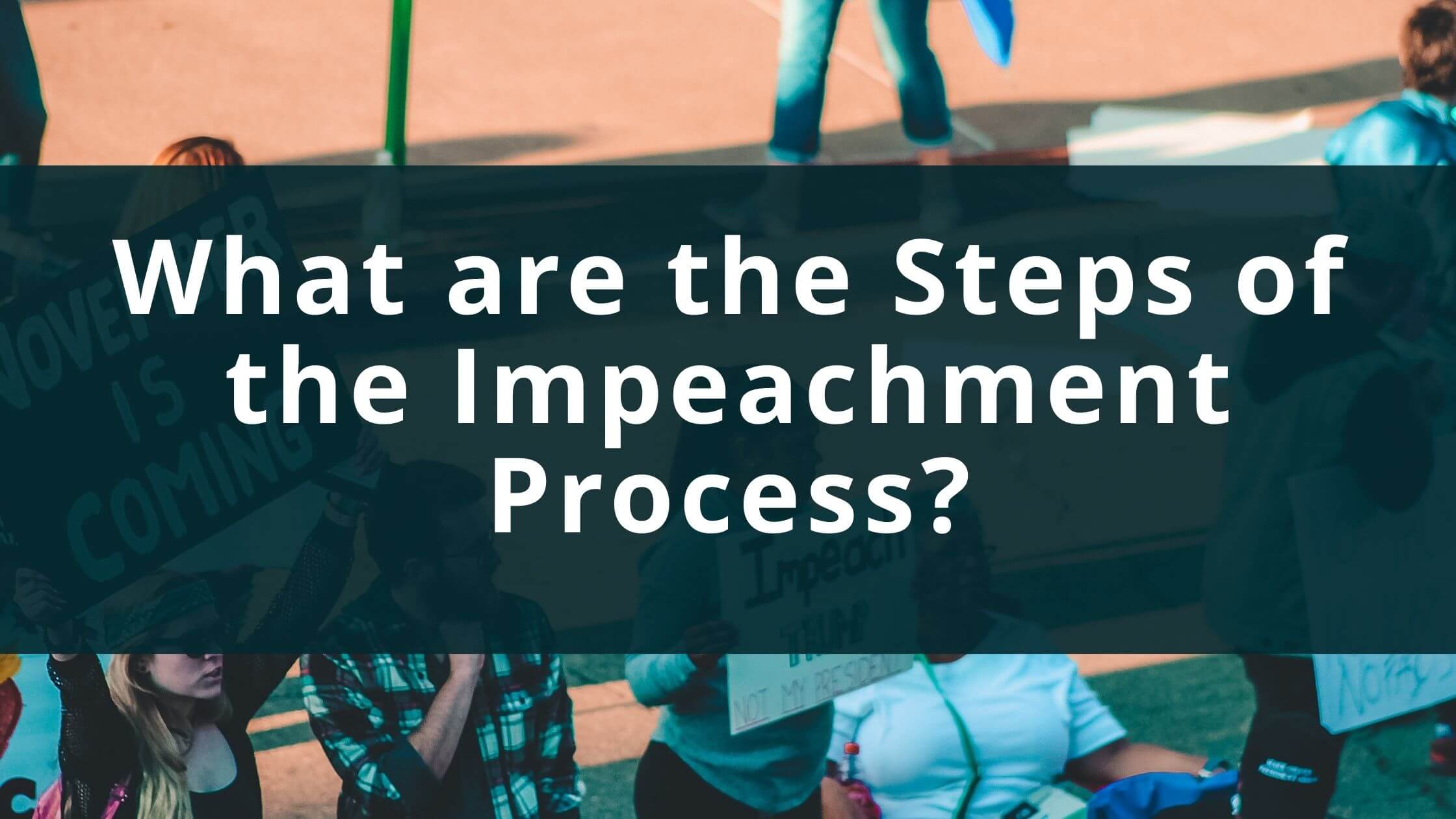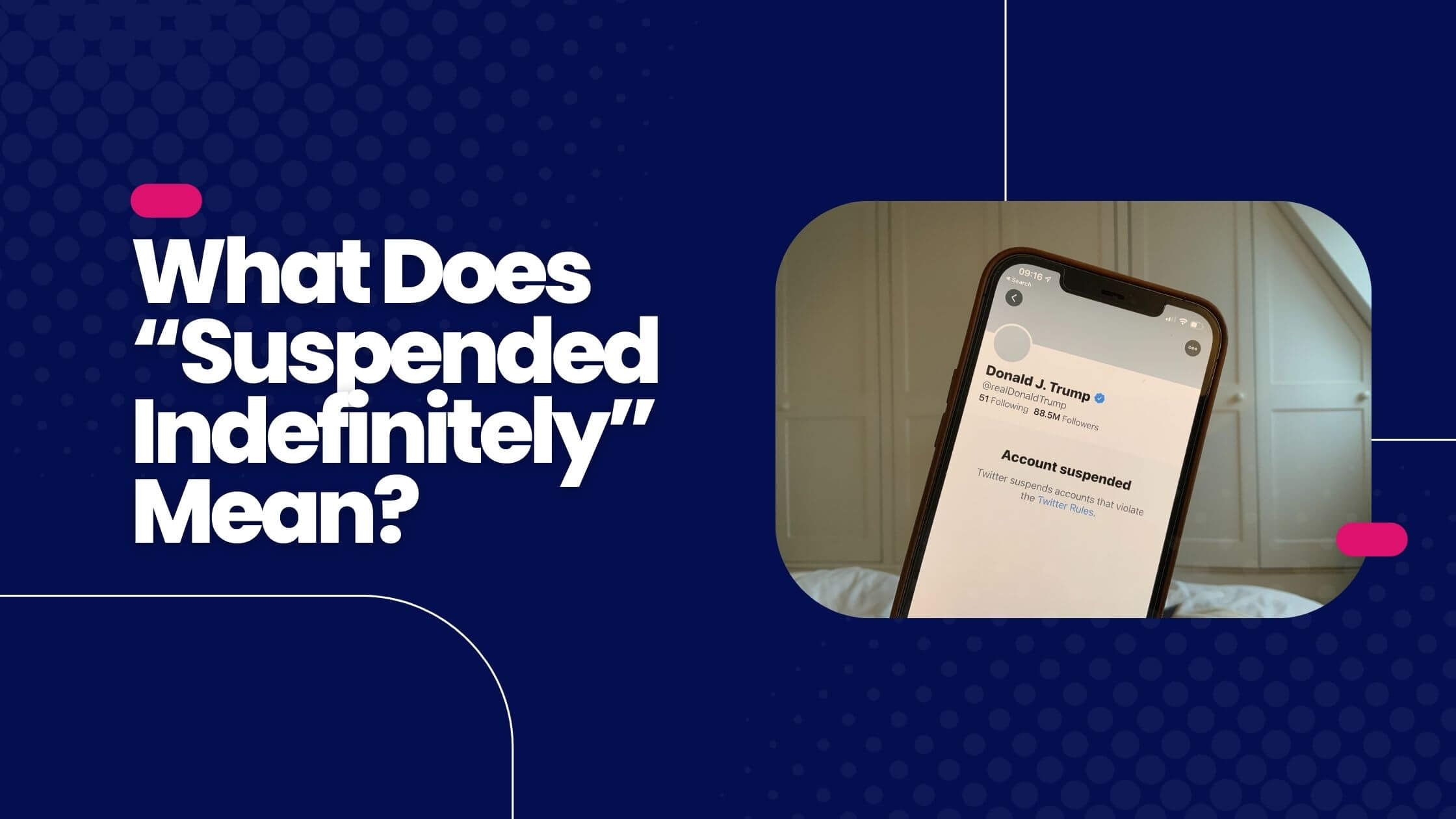Table of Contents
ToggleWho Can Face Impeachment?
Impeachment is part of the United States Constitution for the event that the President, Vice President, or other civil officers have committed a misdemeanor such as bribery, treason, or any other high crime. In these circumstances, Congress has the power and authority to begin the impeachment process and ultimately remove the accused from office.
The most recent instance of impeachment was during the term of the 45th president when Donald Trump was formally impeached twice by Congress. This made Donald Trump the only president to have ever been impeached twice and only the third president to have ever actually faced formal impeachment. The other two presidents that have been impeached are Andrew Johnson and famously Bill Clinton. Richard Nixon also faced impeachment inquiries but was never formally impeached. It should also be pointed out that no US president has been removed from the White House through impeachment.
Most of us have seen the impeachment process play out through the media in recent years, but what are all of the steps involved?
Summary of the Impeachment Process
In summary, the process begins when the House of Representatives begins a formal impeachment inquiry. The House Judiciary Committee then has to find sufficient grounds on which to impeach the president, and its members will consequently write and pass the articles of impeachment.
These articles will then be taken to a vote amongst the full house. If that vote reaches a majority, this means that the president is formally impeached. However, this doesn’t mean that the president will be removed. This simply begins the process of a Senate impeachment trial, and if two-thirds of the Senate find the president guilty, he will be removed from the White House. If it sounds complicated, that’s because the founding fathers designed it that way!
The Step-by-Step Impeachment Process
Step 1 – Introduce the Impeachment Resolution
When the Constitution was originally framed and written up by the founding fathers in the 1700s, they thought it was important to include the option for Congress to impeach a civil officer. Still, they also thought it was important to make it hard for Congress to actually remove a sitting president. Therefore, there are many steps involved in the process, and this is likely why no president has ever been removed from office through impeachment. In fact, Andrew Johnson, Bill Clinton, and Donald Trump have all been formally impeached, yet none were removed from their position as President of the United States.

The first step in the impeachment process is introducing the impeachment resolution. This is simply when one of the members of the House of Representatives decides to introduce the resolution. Despite this seeming like a significant step, it actually happens quite frequently as presidents are often threatened with impeachment charges by their political rivals, and it’s a whole other process actually to get these claims to gain traction with Congress.

Get Smarter on US News, History, and the Constitution
Join the thousands of fellow patriots who rely on our 5-minute newsletter to stay informed on the key events and trends that shaped our nation's past and continue to shape its present.
Which Impeachment Resolutions Gain Traction?
It takes a significant accusation or active legal case for an impeachment resolution to be taken seriously by Congress. For instance, the first presidential impeachment resolution was made against Andrew Johnson in 1867, claiming that he had violated the Tenure of Office Act by firing the secretary of war. The Tenure of Office Act was drawn up in 1867, and Johnson violated it by firing the Secretary of War, Edwin Stanton, for whom the act was largely written up to protect.
The second was when Bill Clinton was impeached in 1999 when a sexual harassment lawsuit was filed against him by American civil servant Paula Jones. The lawsuit was separate from the impeachment trial, but it implied that the then-president had been involved in perjury and obstruction of justice.

In January 2021, Donald Trump became the first US president to face two impeachment trials. The first impeachment occurred in the December of 2019 when the House of Representatives pressed two articles of impeachment against the 45th president. These articles included “obstruction of Congress” and “abuse of power.” These charges followed an inquiry into Trump soliciting foreign interference in the 2020 presidential election, as well as Alexander Vindman’s whistleblower complaint about Trump’s abuse of power.
The second impeachment of Donald Trump happened one week before the end of his presidential term when the US Congress adopted one article of impeachment against the 45th president for “incitement of insurrection.” The article alleged that the president had incited the January 6th attacks on the US Capitol building, introduced with 200 co-sponsors. Consequently, House Speaker Nancy Pelosi offered an ultimatum: either Mike Pence assumed the role of acting president within 24 hours, or the impeachment process would proceed. He declined, and it proceeded.
Step 2 – The Hearing
The next step involves the speaker of the House of Representatives directing the US House Committee on the Judiciary to follow up the impeachment resolution with a hearing. This hearing decides whether or not they should move forward and put the resolution to a vote amongst the full chamber. They will then decide the date on which the vote should be held.
Step 3 – Approving the Resolution
When the vote is put forward to the Judiciary Committee, they will need to reach a simple majority to approve the impeachment resolution. A simple majority is when the highest number of votes exceeds the second-highest number of votes, so whichever option receives the most votes wins. This differs from an absolute majority which requires a majority overall combined rivals.
Step 4 – The Full Vote
Suppose the initial majority finds that the Judiciary Committee has approved the impeachment resolution. In that case, the process will then move forward to conduct a full vote on the House of Representatives floor. This means that every member of the House of Representatives will get to cast their vote on whether or not they think the impeachment resolution is sufficient enough to move forward with the process of impeaching the president.
Step 5 – The Majority
Once again, all it will take is for the House of Representatives to reach a simple majority with their vote to impeach the president. The voters will be confronted with the article of impeachment and required to vote for or against if the vote count that agrees to impeach the president is higher than the vote count not to impeach the president – the president is considered impeached.
Step 6 – The Case Moves to the Senate
Once the House of Representatives has decided to impeach the president, the case then moves over to the Senate, where a trial will be conducted. Despite the trial’s aim being to decide whether the president (or other civil officer) is guilty of some form of criminal activity, this is not a legal trial and will have no ramifications for the accused other than them being removed from their position in office. The objective of the trial at Senate is to decide whether or not the accused civil officer is guilty of committing the crime proposed in the impeachment resolution. This trial does not have a set procedure, and the leader of the Senate can decide how they move forward.

Step 7 – Presenting the Evidence
Once the Senate trial begins, the members of the house will become “managers,” which means they will play a role much like prosecutors in a legal trial. These managers will be the ones presenting the evidence that the accused civil officer is guilty of the crimes they have been accused of in the original impeachment resolution (as put forward by the House of Representatives).
Step 8 – The President’s Counsel
During the process of a trial at the Senate, the President (or other civil officer) will be allowed his own counsel to represent him, much like the defense in a criminal trial. This allows the accused to defend himself against the evidence presented by the Senate managers and provide evidence to the contrary that shows he was not guilty of the crime in question.
Step 9 – The Chief Justice
In a normal criminal trial, the prosecution and the defense will be presided over by an appointed judge. However, in an impeachment trial in the Senate, the managers and the accused’s counsel will be presided over by the US Supreme Court’s Chief Justice. The current Chief Justice of the United States is John Roberts, and he has been in that role since 2005, meaning that he presided over both of Donald Trump’s two impeachment trials.
Step 10 – Deliberation
When the trial is in action, US Senators will listen to all of the evidence that the managers and the counsel present. They will also listen to the closing arguments from each side, just like in a criminal trial. The Senators will then retire to deliberate their verdict for however long it takes.
Step 11 – The Vote
After their time deliberating over all of the evidence and arguments presented during the trial, the Senators then reconvene to vote on whether they believe that the accused civil officer is guilty of the crimes that the impeachment article accused them of. It is then necessary for two-thirds of the Senate to decide that the accused individual is guilty for that person to be removed from office. Once two-thirds of the Senate has found someone guilty, the only penalty they face is being removed from their position. If this individual is the president, the vice president will immediately be sworn in as the president.
What a Guilty Verdict Means
Despite impeachment involving the Senate finding the president (or a civil officer) guilty, it does not make impeachment a legal verdict. If the Senate finds the accused guilty of the crimes laid out in the impeachment articles, the accused will simply be removed from office with no further penalties. A further legal trial would be required in order to press legal charges against the accused.
Because the guilty verdict is not a legal or criminal one. Despite the individual being found guilty of criminal activity, it does not involve prosecution, paying fines, or going to jail. It also does not prevent the individual from returning to office in the future. Suppose the House of Representatives and Senate believe that crimes the individual was found guilty of mean that they should not be allowed to return to office in the future. In that case, they will have to begin a separate process and partake in a separate vote. This vote usually takes place after the impeachment vote, not at the same time. However, unlike the impeachment inquiry that ultimately requires two-thirds of the Senate to find the accused guilty, the process of preventing a civil officer from returning to office will only require a simple majority.
So far in US History, Andrew Johnson came the closest to being removed from office through impeachment in 1868. However, the Senate found Johnson not guilty of his violation – but only by one single vote! If just one more senator had voted against Johnson, he would have been removed from office.
The Constitutional process of impeachment is long and complicated, with lots of steps and hoops to jump through. This may be why no president has ever been found guilty of their impeachment articles and removed from office. However, when a president is impeached, it does have a tendency to impact their approval rating, making it less likely that the general public will trust them in the role of president in the future.
Yet, this does not mean that the process of impeachment is not effective. Impeachment proceedings have been used against plenty of other civil officers in government, and they have subsequently been removed from office. 15 federal judges have been impeached, along with a US Senator and cabinet secretary. In US history, the first-ever impeachment trial was in 1798 when US Senator William Blount was found guilty of corruption, expelled from Senate, and formally impeached. Although impeachment is rare, it is still considered an effective process for removing a civil officer if their actions have deemed them unsuitable or untrustworthy to serve their position in power.











